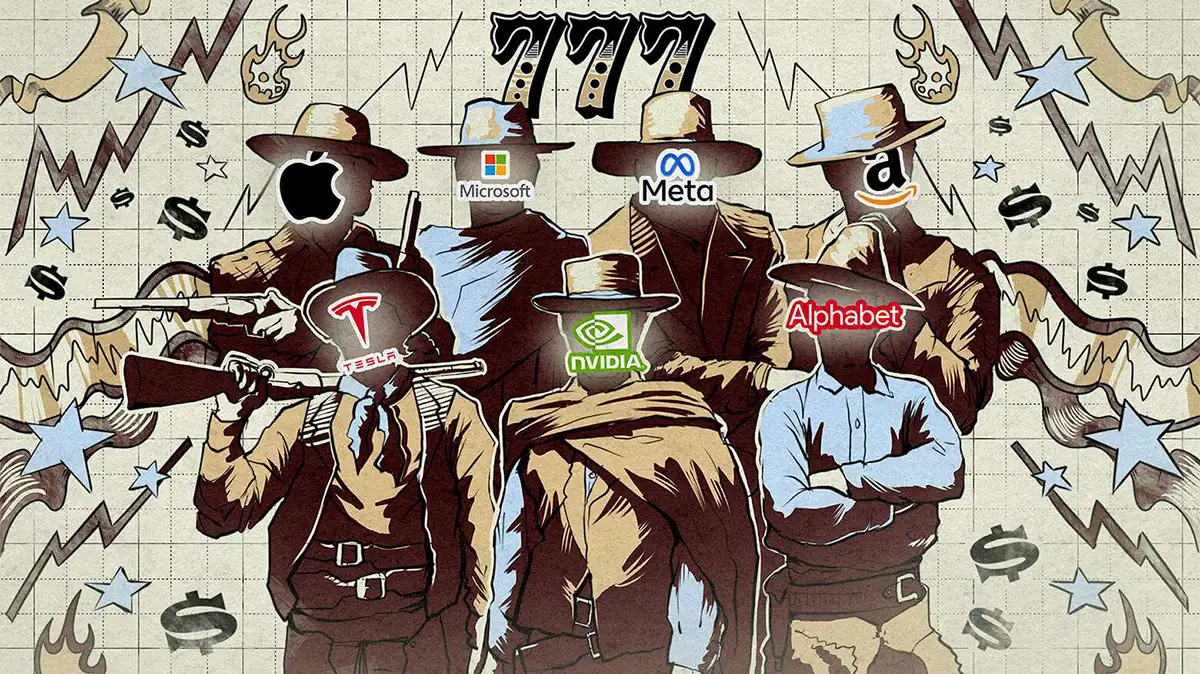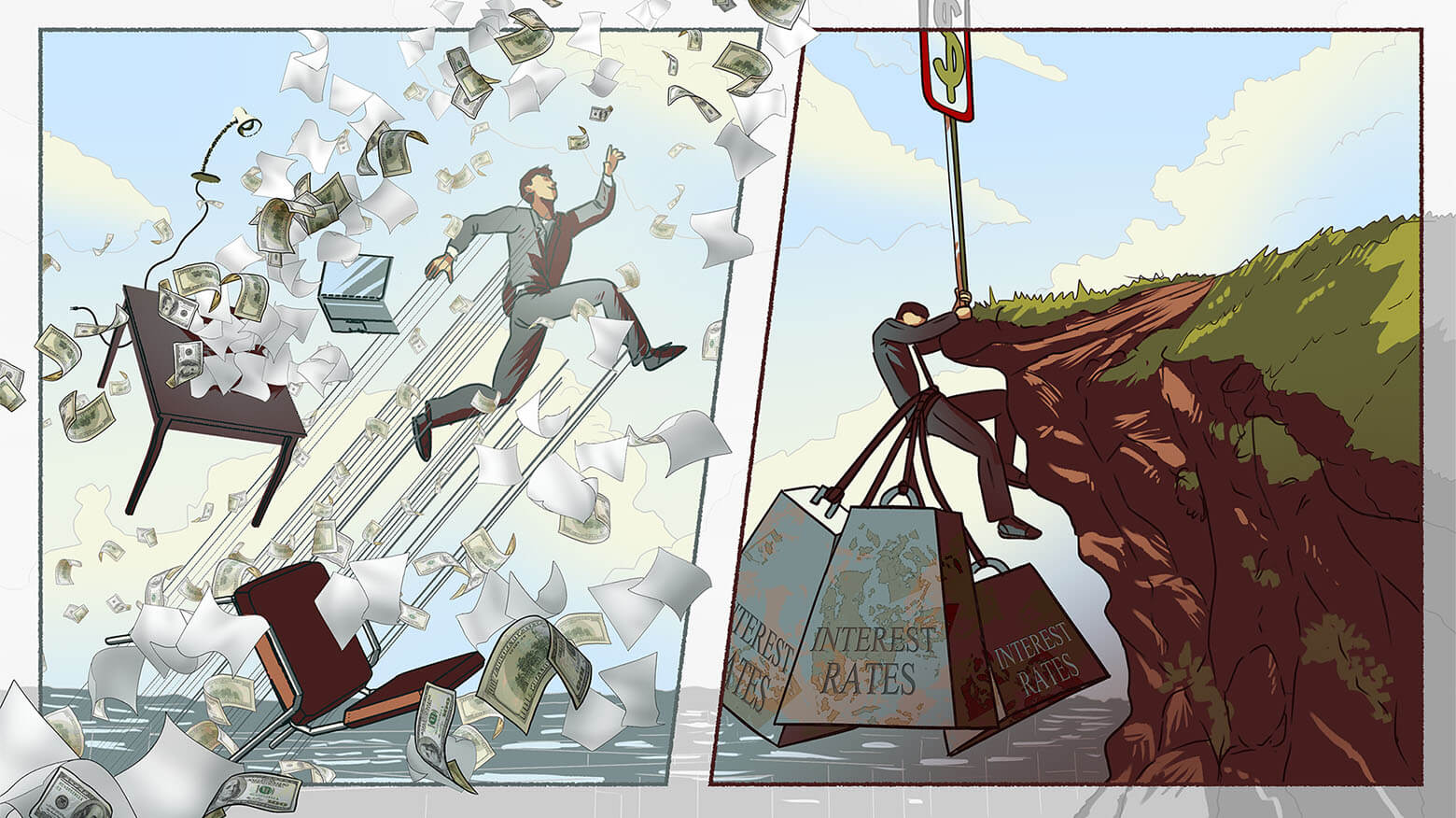This article is Part 11 of an 11-part series analysis of Tesla, Elon Musk and EV Revolution. You can read other parts here.
Throughout my analysis, I have compared the Model 3 to the iPhone, Tesla to Apple, and Elon Musk to Steve Jobs. What I am struggling with is this: Can Tesla become as successful as Apple, and can Tesla cars turn into an iPhone-like franchise, taking EV market share from nothing to 10% to 30% of the ICE car market?
Tesla has many advantages. It is not burdened by assets from the previous domain (gasoline cars). It is incredibly focused. Going back to our Cortés analogy, it has no boats waiting for it. If this electric thing doesn’t work out, it is done; there is no plan B. Its vertical integration may work to its advantage, as it is competing against companies that have to rely on their suppliers and their messy alliances.
Tesla’s first-principles approach will allow it to be constantly years ahead of the competition. Despite its zero advertising budget – its advertising department is an army of one, Elon Musk, with 27 million Twitter followers – Tesla has one of the most iconic global brands. It is run by a relentless founder who is willing to put in hundred-hour weeks and sleep in the factory when needed. Tesla is years ahead of the competition on battery development (I am not 100% certain about its exclusivity, though) and software. And then there is self-driving (with 1 billion miles of data), which may provide Tesla a lead that will be difficult for its ICE brethren and even Google to catch.
The company’s competitors, despite their strengths, also have the weaknesses of being profitable, dividend-paying companies that therefore have a lower tolerance for sustained losses (see the Walmart and Nokia discussion in Part 7).
But is Tesla another Apple? During the first few years of its existence, the iPhone was far superior to any other phone on the market. Today smartphones running on Android are often cheaper and may have better features than iPhones. However, through software differentiation (the iPhone runs its own operating system) and the creation of an ecosystem (iMessage, Facetime, and Apple Music, which run only on iPhones and other Apple-made devices, and which work incredibly well with one another), Apple was able to create frictional switching costs that keep iPhone users upgrading every two or three years to new iPhones.
Like other automakers, Tesla doesn’t have switching costs or an ecosystem that locks you in. Yes, there is brand loyalty for some, but most car buyers are one commercial or one test drive away from switching to a competitor’s product. Will this behavior change in the new domain of EVs? The incredible feeling that you get when you drive an electric car, the jolt you get from instant torque, is not going to be unique to Tesla. The answer to the question we’re asking lies to a large degree not with Tesla but with ICE carmakers’ ability to transition to the new domain of EVs.
Tesla bears would argue that ICE automakers will be coming out with dozens of EVs over the next few years. So far, reviews I’ve read on EVs made by traditional carmakers have been favorable, but the software interface still looks and feels like Nokia trying to patch its dumb-phone Symbian operating system onto a smartphone.
Just as the iPhone was initially not competing much against other smartphones but was really up against dumb phones, Tesla is not competing with the new EVs but with the 86 million ICE cars sold globally today. If Tesla survives in the short run and turns profitable, then I can see a path by which the company could start producing a few million cars a year.
I can tell you one thing: Just as you cannot go back to a dumb phone once you get inoculated by a smartphone, I will not buy a gasoline car ever again. I drove my wife’s gasoline car (my pre-Tesla car) a few days ago, and I was shocked by how slow and unresponsive it was. But will my next EV be a Tesla? Today I think so, but tomorrow? Not sure.
Now let’s figure out how much Tesla is worth.
Will Tesla’s semi-truck or full-self-driving cars see the light of day over the next five years? I don’t know, but at that point it won’t matter. Let’s say Tesla sells its average car for $40,000. Today the average car in the U.S. sells for $38,000, but with the Tesla there are gas savings and little or no maintenance required, so I am giving Tesla a $2,000 benefit of the doubt. In fact, today the average Tesla sells for $50,000.
Let’s assume that Tesla will sell 2 million cars a year (half in the U.S. and the other half in the rest of the world). GM and Toyota sell a bit less than 10 million cars each, so Tesla will capture 5% of the U.S. market and a bit more than 1% of the rest of the world market.
If Tesla makes $8,000 per car, that’s a 20% gross margin. Today it is at 18%, though this number is subsidized by environmental tax credits. Toyota and GM are at 18% or so. Musk’s goal is a 25% gross margin. (He is counting on Tesla’s ability to sell full self-driving, which has 100% gross margins and today creates costs but little revenue).
Now let’s say all of Tesla’s other expenses – R&D, general expenses, interest, and anything else – are $8 billion a year (today they are less than $7 billion). With the above assumptions, Tesla would have a pretax profit of $8 billion. At 10x pretax profit, its market capitalization would be $80 billion, double today’s $40 billion.
Neither bears nor bulls will like the preceding math excursion. Bears would probably argue that Tesla may not be able to get to 2 million cars a year (because it will be sunk by SolarCity’s debt and losses), and if it does, it will not be able to achieve 20% margins. Bulls will argue that the above assumptions are too conservative – if Tesla can do 2 million cars, it can do 5 million.
And in the meantime, while the bulls and bears are arguing, I am fascinated by how my thinking about Tesla and ICE carmakers has changed since I spent a few hundred hours analyzing the industry. I don’t know what probability to put on this, but I can see how Tesla can succeed if it reaches escape velocity and starts generating cash flows.
This is just one out of 11 parts of my analysis of Tesla, Elon Musk, and the EV revolution.
You can get complete analysis as an email series, PDF, EPUB or Kindle ebook here or email at .










It’s 2022 September now. In 2022, Tesla is going to produce 1.4 million of cars, and its margin is at 30%. It has reached escape velocity and generated tons of cash. Its stock has increase 13x since this article is written. What a miracle.